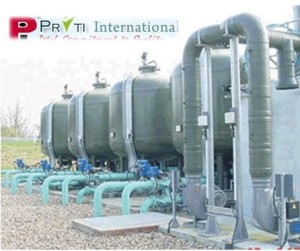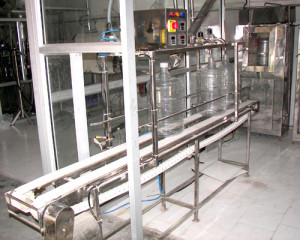Though water is naturally abundant to this planet yet with advent of the 21st century a dire shortage of drinking water is treated as one of the major problems.
To aggravate this existing further the global warming and the pollution has left a very few usable underground sources of water.

Thus the water treatment plants have come up to make use of natural lake or used water. This water is treated and re-introduced for human consumption.
Water treatment process involves of coagulation followed by sedimentation, filtration, disinfection and lastly apt storage.
Filtration includes membrane filters, rapid granular and slow sand and other biological filters.The physical/chemical process includes chemical coagulation, ion exchange and adsorption.
The water is disinfected with heat, UV radiation and membrane filters which are physical processes. Chemical processes include treating the water with iodine, antimicrobial chemicals, ozone, chlorine, and chlorine dioxide.
Then it is properly stored in a way to avoid microbe growth.This stored water is then distributed as packaged drinking water.
Certain metal irons which are present in the water often interfere with soap action and cause various problems. These lead to limescale buildup which leads to galvanic corrosion and foul plumbing.
The industrial use of water softening is more important than the household needs.Mainly calcium and magnesium makes water hard making it react adversely with any sort of detergent.
Water softening plant is installed in which the ŌĆśresinŌĆÖ (NaCl) which reacts with calcium and magnesium to remove the hardness.Such plants work weekly or fortnightly to soften water for both domestic and industrial purposes.
The water treatment process leads to healthy disease free drinking water and the water softening plant cuts off the hardness of water prolong the life of plumbing and easier usage with detergent. Both benefiting┬Ā human life.
